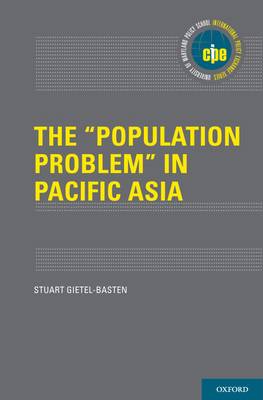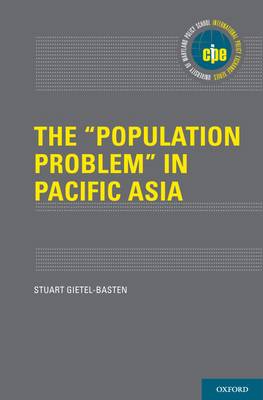
- Afhalen na 1 uur in een winkel met voorraad
- Gratis thuislevering in België vanaf € 30
- Ruim aanbod met 7 miljoen producten
- Afhalen na 1 uur in een winkel met voorraad
- Gratis thuislevering in België vanaf € 30
- Ruim aanbod met 7 miljoen producten
Zoeken
Omschrijving
Despite the twenty-first century's often being referred to as the Asian Century-indicating hope for economic growth and the rebalancing of the global order-population aging and stagnation present an existential threat to the success of China and other territories of Pacific Asia (namely Japan, Taiwan, Hong Kong, Singapore, and South Korea). This book argues that the "population problem," rooted in low fertility, has thus far been largely considered in a linear way: low fertility leads to population stagnation and rapid aging, so fixing low fertility should correct the problem. However, a multi-dimensional lens is essential to appreciating the scale and nature of the issue-and, indeed, to determining whether it is an issue at all. Stuart Gietel-Basten examines how the issue of low fertility has been constructed, how blame has been apportioned, and why policies designed to tackle it have yielded few results. Drawing on an array of primary and secondary sources as well as examples from scholarly and popular literature, The "Population Problem" in Pacific Asia takes a comparative approach to fertility in the region and locates mainland China in its regional context. It serves as a useful resource for government workers, stakeholders, and students and scholars in sociology, demography, geography, economics, and area studies.
Specificaties
Betrokkenen
- Auteur(s):
- Uitgeverij:
Inhoud
- Aantal bladzijden:
- 240
- Taal:
- Engels
- Reeks:
Eigenschappen
- Productcode (EAN):
- 9780199361076
- Verschijningsdatum:
- 8/07/2019
- Uitvoering:
- Hardcover
- Formaat:
- Genaaid
- Afmetingen:
- 160 mm x 236 mm
- Gewicht:
- 476 g

Alleen bij Standaard Boekhandel
+ 241 punten op je klantenkaart van Standaard Boekhandel
Beoordelingen
We publiceren alleen reviews die voldoen aan de voorwaarden voor reviews. Bekijk onze voorwaarden voor reviews.











